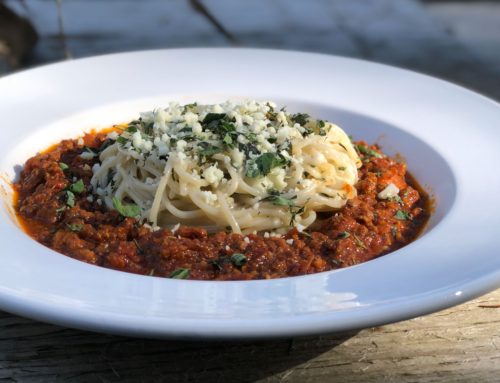Below are listed 3 findings from the world wide web speaking of the history of Lasagna.
I will speak of my experience with lasagna and why it is so important to me. The readings below will only help in adding depth to your understanding of its joy it brings me as an artistic chef. Being a sculptor and trained at the University of Cincinnati Department of Fine Art many years ago I learned about layers, textures, visual beauty, smells, and the effects objects have on one’s experience. For me when I build a lasagna I want each layer to defined. The meat sauce succulent and savory, the bechamel layer soft cheesy with the hint of nutmeg, the top layer simple with a bit of brightness or acid. You see the richness needs to be balanced with all the other repeated layers when the diner slips their fork into the pasta sheets. Â
- Lasagne is a type of wide, flat pasta, possibly one of the oldest types of pasta. Lasagne, or the singular lasagna, is an Italian dish made of stacked layers of thin flat pasta alternating with fillings such as ragù and other vegetables, cheese, and seasonings and spices such as garlic, oregano, and basil. The dish may be topped with melted grated mozzarella cheese. Typically, the cooked pasta is assembled with the other ingredients and then baked in an oven.
02. Lasagne originated in Italy during the Middle Ages and has traditionally been ascribed to the city of Naples. The first recorded recipe was set down in the early 14th-century Liber de Coquina (The Book of Cookery).
03. It actually originated in Ancient Greece a very long time ago. Lasagna, or “Lasagne†is derived from the Greek word ‘Laganon’ which is the first known form of pasta. … Researchers in Britain found a cookbook that had a lasagna recipe from the 1390s and claim they are the ones that invented the first lasagna.




